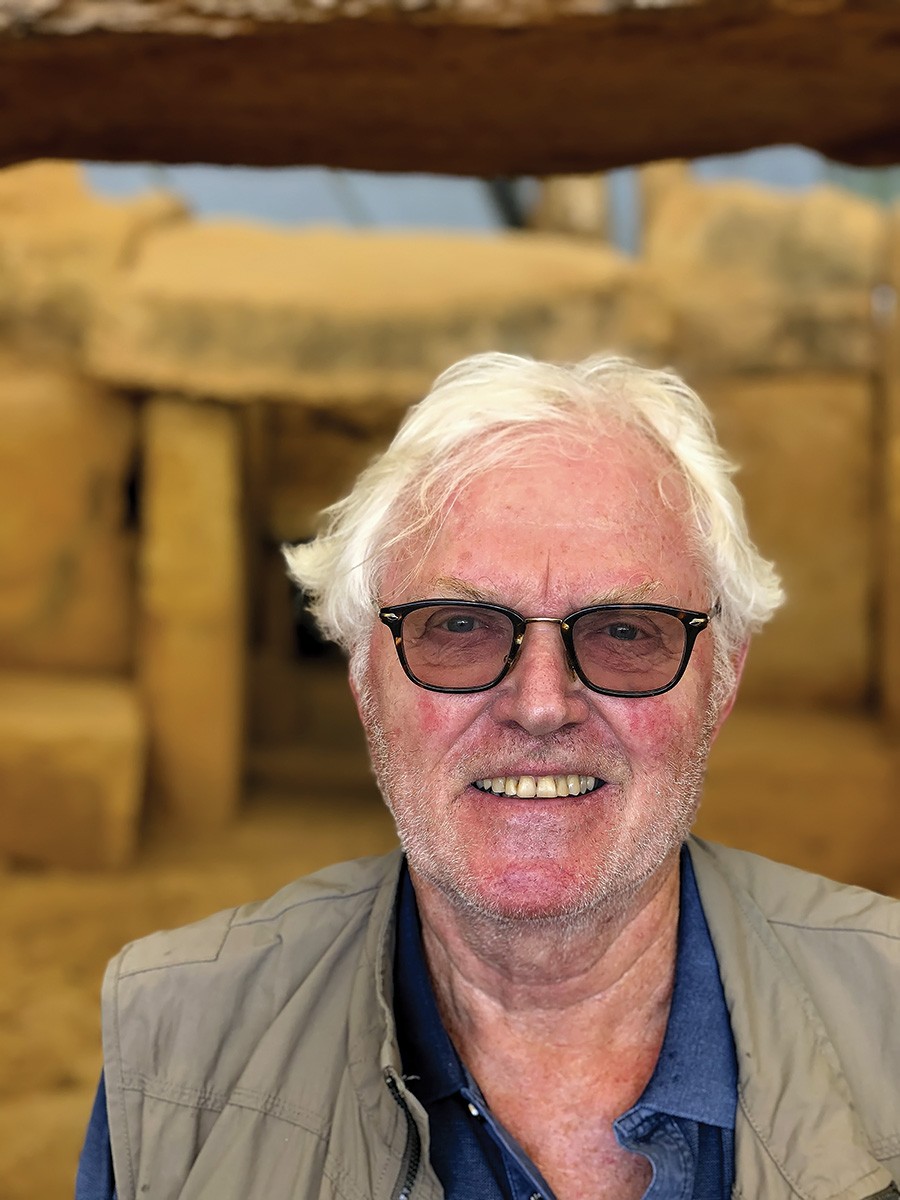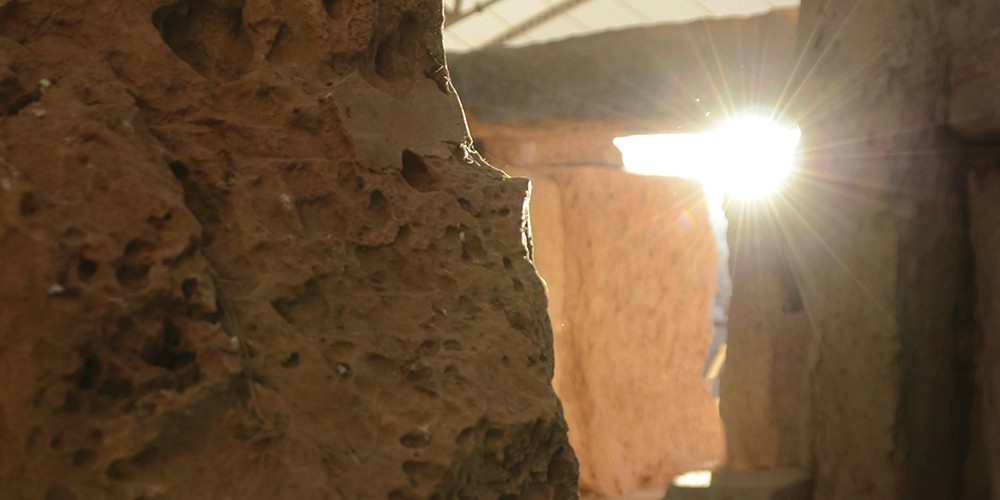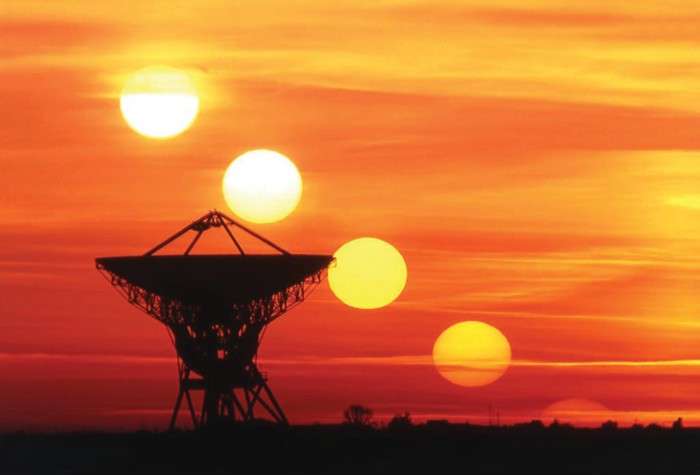The Maltese megalithic temples were built over 5,000 years ago. To find out how the people that built the temples saw the world, Dr Tore Lomsdalen conducted his PhD project on the worldview and cosmology of the prehistoric Maltese temple builders. He found that the temples were intentionally positioned to be intervisible and oriented towards certain stars that were significant for these ancient people.
Continue readingThe sky’s role in archaeology
In 1994, Czech poet-president Vaclav Havel wrote an article discussing the role of science in helping people understand the world around them. He also noted that in this advance of knowledge, however, something was left behind. ‘We may know immeasurably more about the universe than our ancestors did, and yet it increasingly seems they knew something more essential about it than we do, something that escapes us.’ Almost all traditional cultures looked to the sky for guidance. Cosmology is what gave our ancestors their fundamental sense of where they came from, who they were, and what their role in life was. While arguably incorrect, these ideas created codes of behaviour and bestowed a sense of identity. The cosmology of European prehistoric societies has been studied independently by archaeologists and archaeoastronomers (an interdisciplinary field between archaeology and astronomy). Despite their shared goal of shedding light on our past lives, thoughts, and ideas, the two fields have often failed to merge, mainly due to different approaches. A clear local case is the question of the Maltese megalithic temples.

The Mnajdra South Temple on Malta predates both Stonehenge and the Egyptian pyramids. It is the oldest known site in the world that qualifies as a Neolithic device constructed to cover the path of the rising of the sun throughout a whole year. What is unfortunate is that, so far, archaeologists and archaeoastronomers have studied the site largely in isolation.
Whether the temples were built to visualise the effects of the rising sun as seen today is an open question. But with such specific and repetitive patterning, one cannot deny that the sky was an important element in the builders’ understanding of the world—their cosmology.
With some exceptions, archaeologists have largely ignored, excluded, or underrated the importance of the sky in the cultural interpretation of the material record. When studying ancient communities, chronological dating and economic concerns are often given precedence over the immaterial.
But the fault does not lie solely with disinterested archaeologists. Archaeoastronomy has often been too concerned with collecting astronomical and orientation data, neglecting the wider archaeological record, and ignoring the human element in cosmology.
We need to find a common ground. Both sides need to open themselves up to different professional perspectives and convictions and embrace alternative interpretations and possibilities. Bridging the gap between archaeology and archaeoastronomy will allow us to paint a detailed picture of past societies. And maybe it will shed light on that lost knowledge about the universe and our place in it.
Lomsdalen and Prof. Nicholas Vella are organising an afternoon workshop on Skyscape Archaeology as well as an open symposium on Cosmology in Archaeology. For more information, visit: um.edu.mt/arts/ classics-archaeo/newsandevents
Author: Tore Lomsdalen
The Universe is Strange and Beautiful
Super dense stars shooting jets of radiation, black holes swallowing up stars, supernovae, and unexplained bursts of gamma rays. These are all examples of a ‘transient event’, an incident that lasts at most a few days. They are amongst the most powerful and mysterious phenomena in the universe, but from Earth they appear as ‘blips’ on our telescopes, making them very difficult to study.
Byron Magri (from the Astronomy, Astrophysics and Cosmology Research Programme (AACRP) and supervised by Dr Kris Zarb Adami) is shedding light on how to detect these fleeting wonders. His work is focused on fast transients that only last a few seconds.
Earth-based radio telescopes (aka antennae) are as big as they can get. The problem is that astronomers need bigger telescopes to produce higher resolution images to reveal finer details about these objects and find new discoveries. The solution is to use arrays of smaller radio antennae that are linked together. Interferometry is used to combine the data.
The technique uses enormous computing power to measure the radio waves phase delays being gathered by the individual antennae. Interferometry then overlaps and superimposes them to produce a stronger signal and an image with a much higher resolution.
For this technique to work, it must carry out all the calculations as the event is happening. The computer algorithm interpreting the data must also filter out all the noise due to the Earth’s atmosphere. To top it all off, the transient events need to be singled out.
To meet these challenges Magri used GPUs (Graphic Processing Units), which are usually used by hardcore gamers to power the most advanced graphics. The design of GPUs lends itself well to heavy numerical processing. Magri wrote an algorithm that acts as an inferometer on a GPU and he is testing it on data from the BEST-2 radio telescope array in Medicina, Italy.
Developing these algorithms is important to make future arrays larger. The next generation interferometer, the Square Kilometer Array, will have hundreds of antennae, meaning that information extraction will need to be extremely efficient and rapid. These algorithms are a keystone to maximise the potential of a €1.5 billion telescope to find more amazing phenomena in our universe.
This research was performed as part of an M.Phil. (Melit.) in Physics at the Faculty of Science. For more about Malta’s role in the Square Kilometre Array see pg. 14, Issue 02 of Think magazine (http://bit.ly/SKATHINK).



